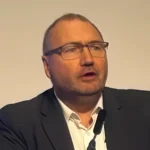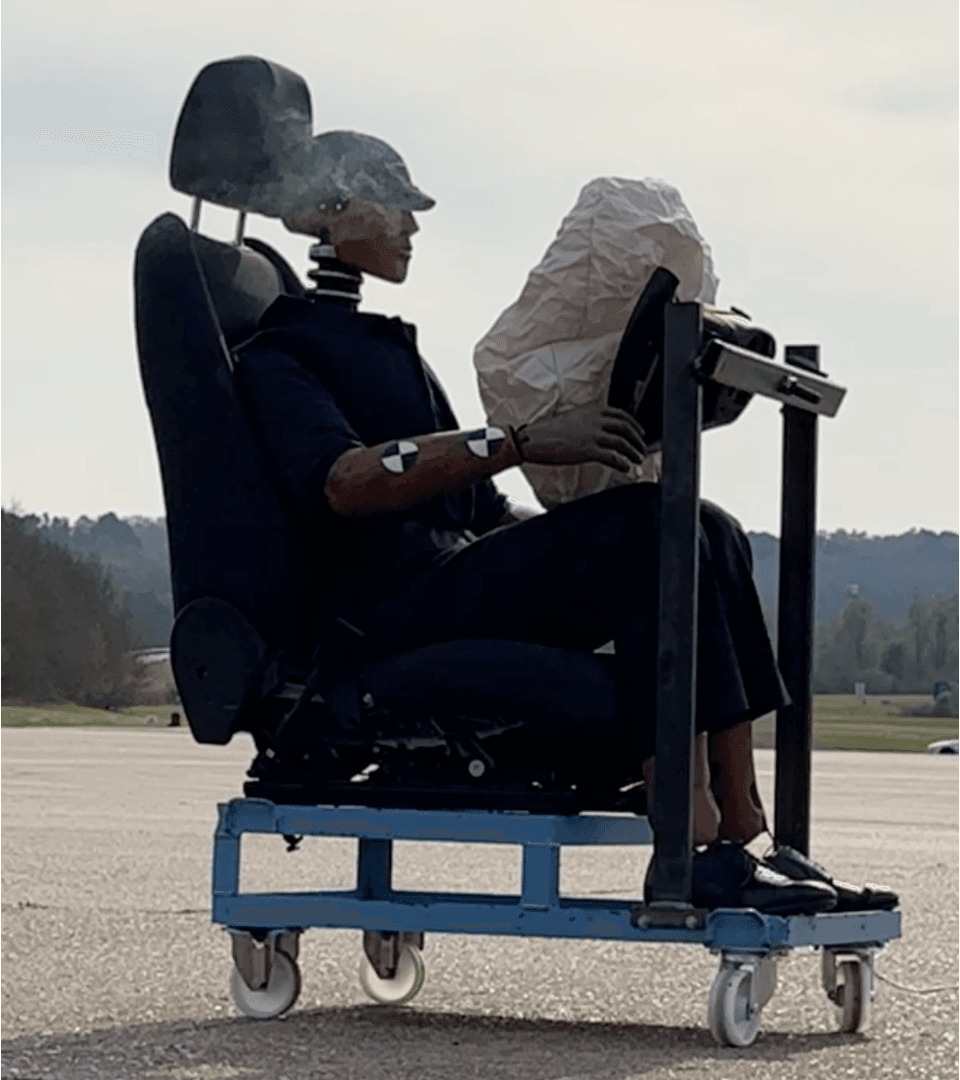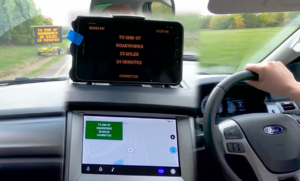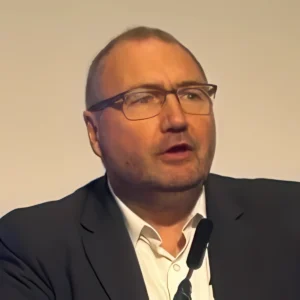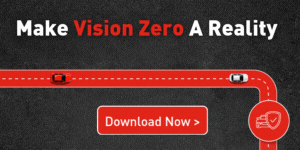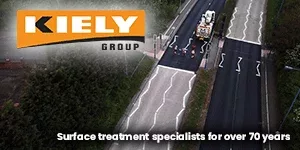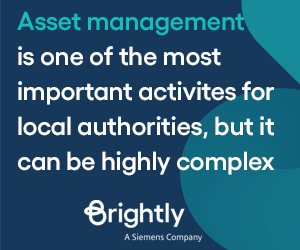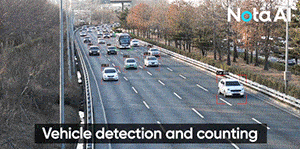Senior members of the Department for Transport, Department for Science, Innovation and Technology, and Centre for Connected and Automated Vehicles have spent the day at UTAC’s Proving Ground at Millbrook in Bedfordshire seeing the latest in connected vehicle technology.
The event, organised by the Transport Technology Forum’s Connected Vehicle Working Group, showed a range of here-and-now technology that could be introduced to the roadside and into vehicles.
The demonstrations highlighted how technology can be used to deliver safer roads for all, improve growth by reducing congestion, improve network resilience and better use of Artificial Intelligence to achieve policy aims.
“You can write as many proposals or PowerPoint explanations as you like, but nothing compares to actually seeing great ideas in the real-world,” explained TTF Connected Vehicle Working Group Chair Andy Graham of White Willow Consulting who organised the event. “This is the third time we’ve brought people along to UTAC Millbrook to see the transport technology industry is innovating to make our roads safer, greener and more efficient and it was brilliant to see so many ‘light bulb’ moments today.”
The participants saw how to deliver in-vehicle warnings of vulnerable road users, faster response to collisions and breakdowns, how to use existing sensors to reduce speeding vehicles and red-light runners, warnings of responders and workers in the road including 999, breakdown and road repair and, last but not least, services for accessing buses for all users.
Visitors were also shown how to use sensors and in-vehicle messaging to reduce congestion at permanent and temporary signals as well as pinch points, and how to manage traffic flow to reduce stops, and therefore emissions, at signals. In addition, there were also live flood warnings, bridge strike prevention warnings and pothole detection, plus a live demonstration on an Alexander Dennis bus of how Digital Traffic Regulation Orders could drive Intelligent Speed Adaptation within buses, meaning they cannot go above the speed limit.
“There are two things about today’s visit to UTAC that I think stand out for me,” commented TTF Chair Steve Gooding of the RAC Foundation. “One is actually the extent to which some of the technology has moved on over the course of the three visits – in our first visit, we’d end up with screens festooned across the windscreen, now we’re seeing an integration of data coming through into a single screen that’s already built into the vehicle dashboard. This is a major step forward. I think perhaps even more importantly this time is we’re hearing more from the policy advisors and the policy makers about the real challenges they are wrestling with to get more of a conversation going about how transport technology can help, and what it is the sector needs from those policy makers to make deployment a reality.”
The day finished with a demonstration of eCall, and how automatic notification of a crash will alert emergency services much quicker, potentially saving lives. Visitors saw an airbag activation (pictured), the automatic connection to the emergency services and road operators to the eCall data that occurred, including data showing the location, number of seatbelts activated and vehicle type, and then the reduced time taken for help to arrive in a live end to end demonstration involving many of the systems as a “connected ecosystem” .
The event included demonstrations from HAAS Alert, Streetwise Technologies, VESOS, Standby Group, Vodafone, Starling Technologies, Alchera Technologies, INRIX® , RTIG, SRL Traffic Systems, Simplifai, Westcotec and Univrses, along with KL Systems and Portsmouth City Council. Participants also heard the latest about the introduction of Digital Traffic Regulation Orders.
A full report into the event will be shared on the Transport Technology Forum website.
(Picture – TTF)


